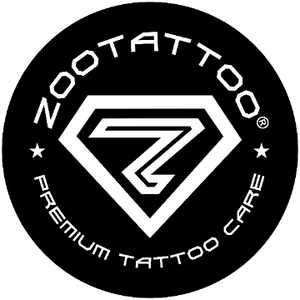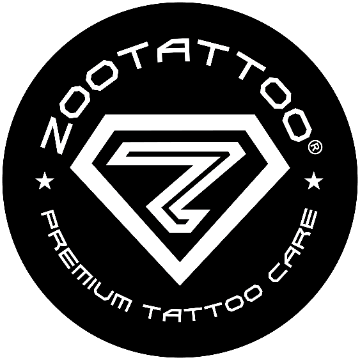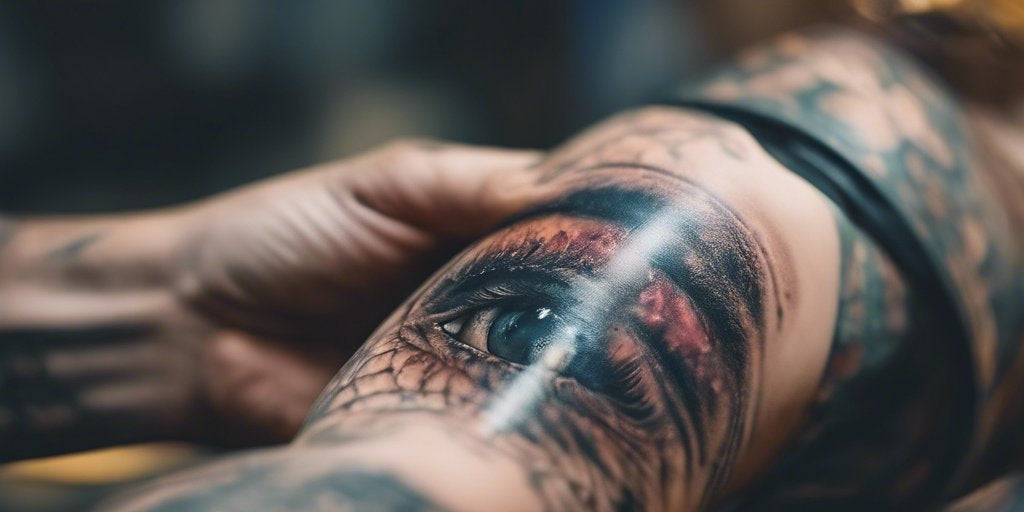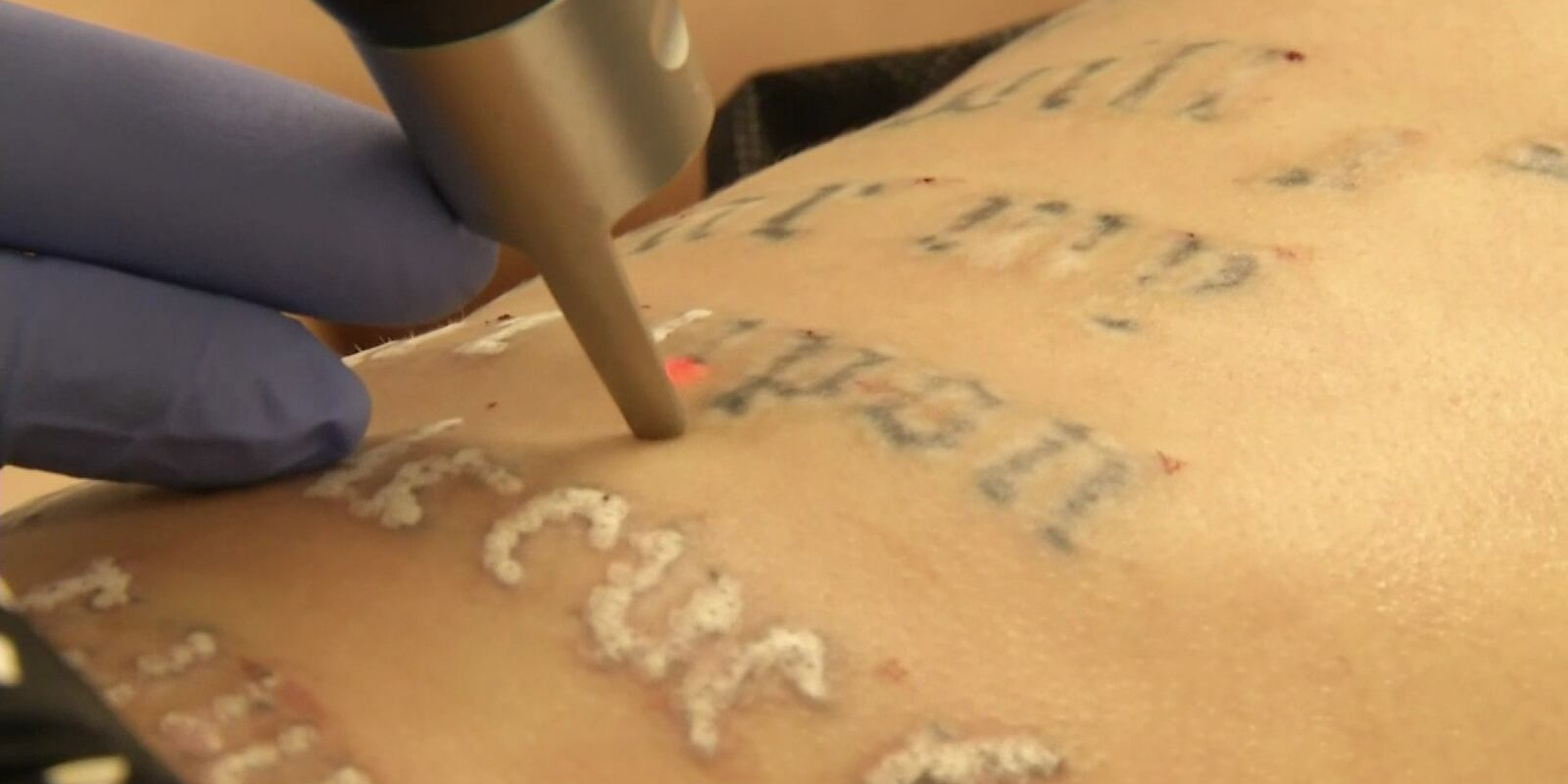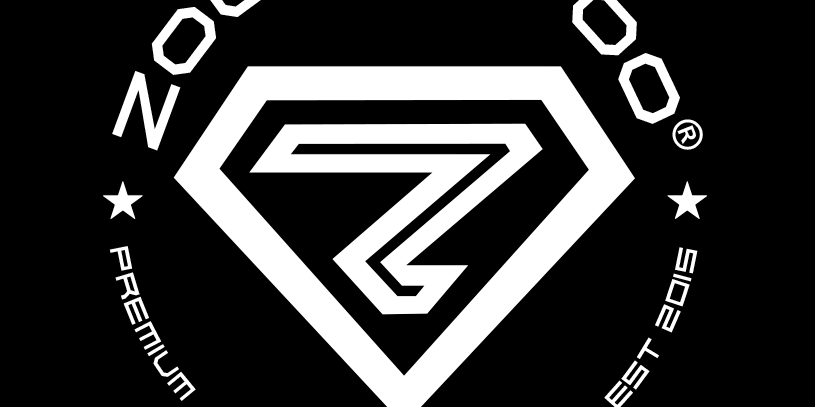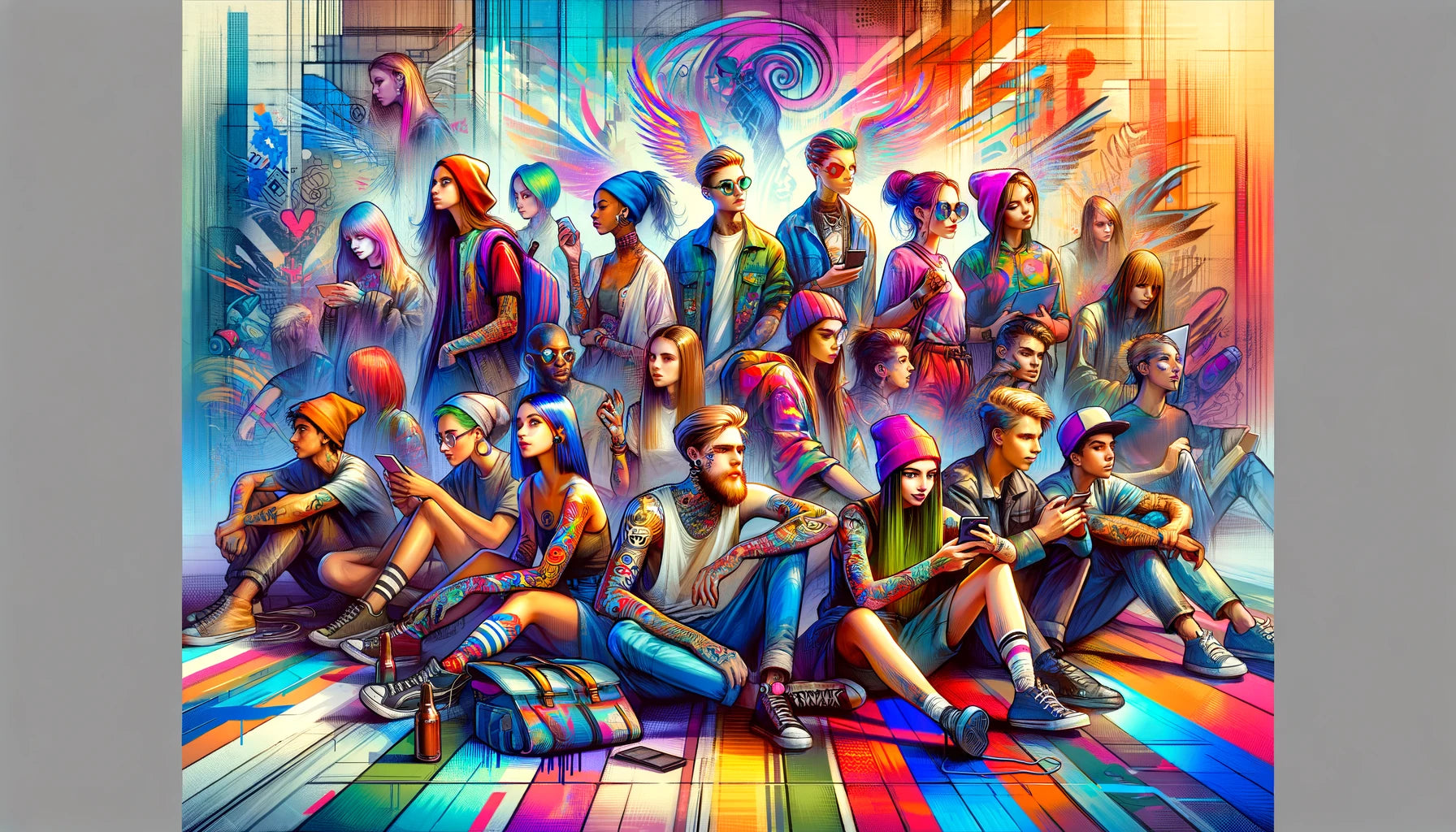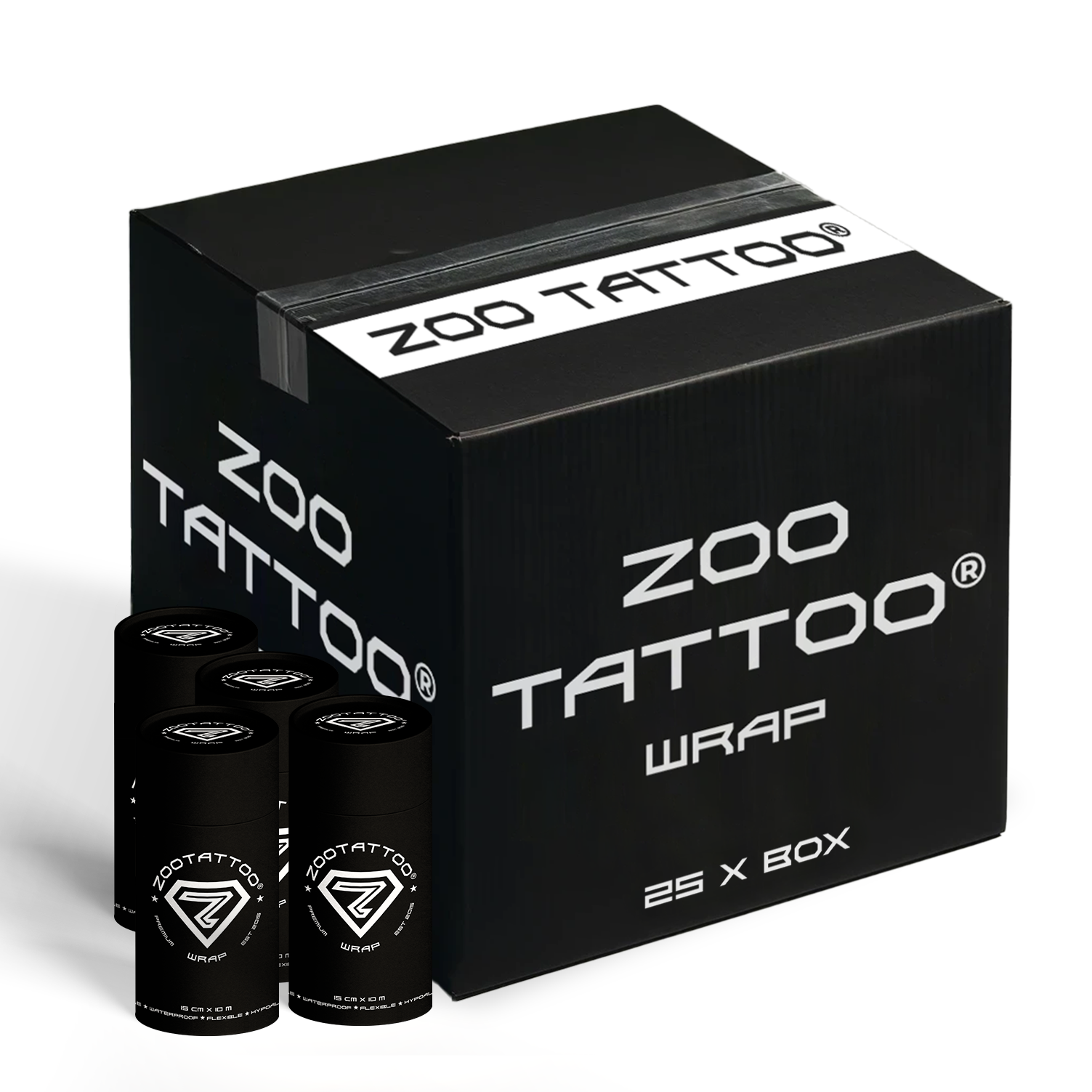The Inked Shadows: Tattoos in Goth Culture

The enigmatic world of Goth culture, with its rich tapestry of dark aesthetics, music, and literature, harbors a profound relationship with tattoos. These permanent marks on the skin serve not just as body art but as profound symbols of identity, belief, and belonging within the Goth community. This blog delves into the intertwined narratives of Goth culture and tattoos, exploring how ink on the skin transcends mere fashion to become a deeply personal expression of the Goth ethos.
Echoes of the Past: Historical and Cultural Foundations
Goth culture, emerging from the post-punk scene of the late 1970s and early 1980s, is steeped in a fascination with the macabre, romanticism, and the Victorian era. Tattoos within this subculture often reflect these elements, drawing inspiration from Gothic literature, horror films, and an overall aesthetic that celebrates the beauty in darkness. Iconography such as skulls, bats, and crosses are common, each carrying layers of meaning related to oth ideology and its historical influences.
Symbols of Identity: Tattoos as Personal and Collective Emblems
For many in the Goth community, tattoos are a form of self-expression that aligns with their internal view of the world—a world where darkness, complexity, and depth are cherished. These tattoos often serve as a visual diary, encapsulating significant moments, emotions, and milestones in an individual's life. Moreover, they act as a badge of belonging, a way to connect with others within the Goth culture who share similar values and aesthetics.
Artistic Expression and Individualism
Gothic tattoos are renowned for their intricate designs and artistic depth, reflecting the subculture's appreciation for beauty and artistry. From elaborate depictions of Gothic architecture and ethereal beings to simpler, more abstract designs, each tattoo is a piece of art that reveals the wearer's unique interpretation of Goth culture. This emphasis on individualism and personal storytelling through tattoos underscores the diverse and inclusive nature of the Goth community.
Challenging Norms: Tattoos as a Statement Against Conformity
Goth culture, inherently counter-cultural, embraces tattoos as a form of resistance against mainstream societal norms. In a world that often values conformity and superficiality, the Goth subculture and its accompanying body art stand as a testament to the importance of authenticity, depth, and non-conformity. Tattoos in this context are not just personal adornments but also bold statements of defiance and independence.
The Role of Tattoos in Modern Goth Culture
As Goth culture continues to evolve, so does the role and perception of tattoos within it. With the growing acceptance of tattoos in broader society, the once-rebellious act of getting inked has taken on new dimensions within the Goth community. Today, tattoos remain an integral part of Goth identity, but with even greater diversity in styles and meanings, reflecting the dynamic and ever-changing nature of the subculture.
Final Thoughts on Tattoos and Goth Culture
In the shadowy corridors of Goth culture, tattoos are more than just skin deep. They are a confluence of art, personal identity, cultural heritage, and rebellion. As the ink settles into the skin, it tells a story—a story of individualism, beauty in darkness, and an unwavering commitment to authenticity. For the Goth community, tattoos are a vivid reminder that even in darkness, there is profound depth, meaning, and an indelible mark of belonging.

This article was brought to you by ZOOTATTOO® The world's premium vegan aftercare balms, creams, adhesive wraps, and cleansers. We only use high quality exotic Australian Organic Hemp Oil and complimentary botanical ingredients for when you're healing tattoos, scalp micro-pigmentation and laser treated skin. You won't look back!
0 comments
